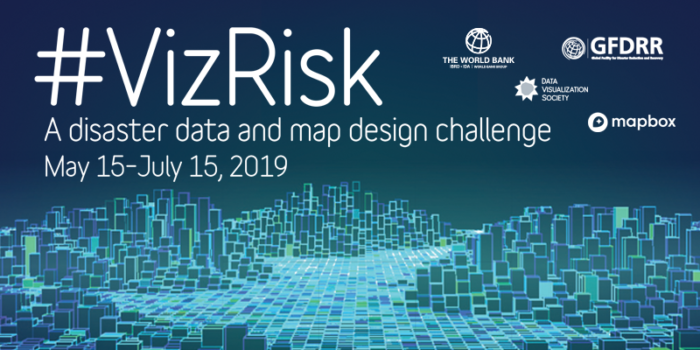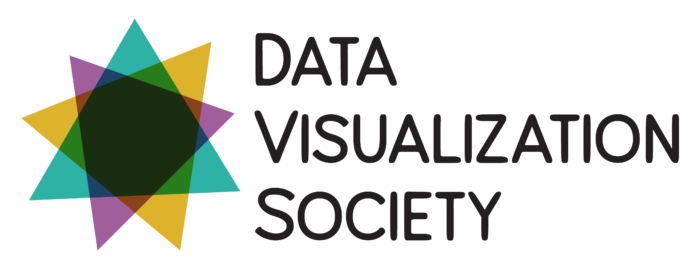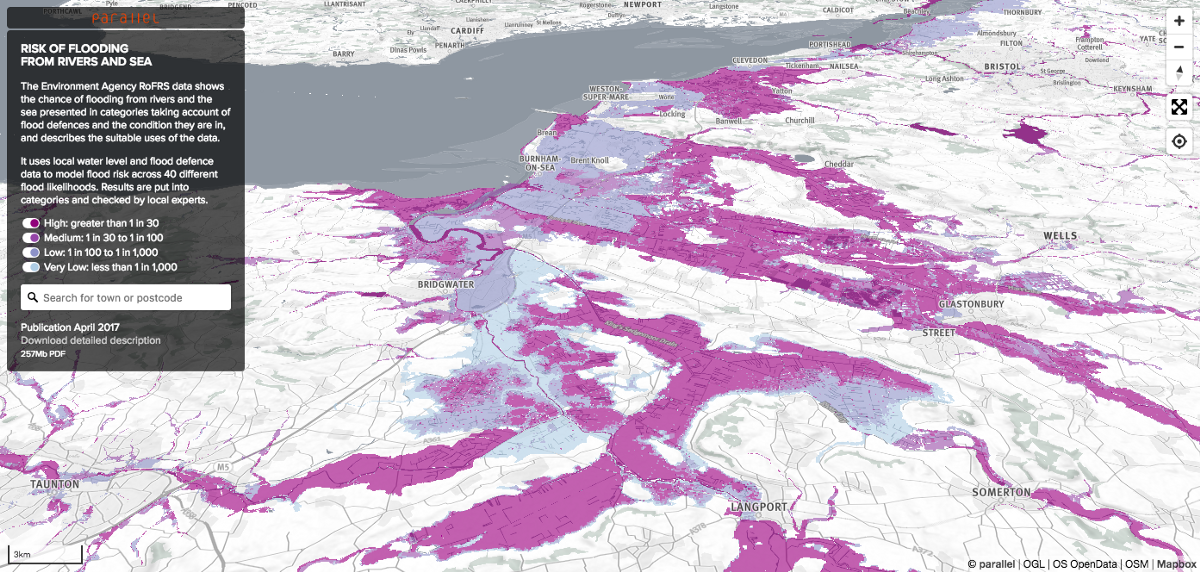
The Understanding Risk (UR) Community and GFDRR in partnership with Mapbox and the Data Visualization Society
Thank you to everyone who completed and submitted a project for the 2019 VizRisk Challenge! We are thrilled by the quality of the entries and the demographic and geographic distribution of authors. We are pleased to announce the winners!
Announcing the Winners!
Thank you to all who participated in the #VizRisk Challenge! Your enthusiasm and engagement throughout the two months were wonderful, and we are grateful for the time you all put in to every aspect of the challenge. We are pleased to announce the winners of the Challenge and hope that you enjoy going through them as much as we did:
Grand Prize Winner
RIESGO, by Briane Paul V. Samson and Unisse C. Chua. Read their blog
Category Winners
Best data analysis
Hurricane Maria’s impacts in Dominica, by Karen Barns, Ji Su Lee, Nicole Paul, Tim Arioto, Tamika Bassman, and Angela Wilson. This team used OpenStreetMap data to fill gaps in publicly available datasets so they could explore data analyses to inform recovery planning in Dominica. Read their blog to get the details on their data analysis techniques for this project.
Best visual design
After The Quake, by Sabine Loos, Karen Barns, and Arogya Koirala. The design of this entire project is stunning, though our judges especially appreciated the thoughtful selection of color palettes for data layers and the complementary custom map style. Read their blog to learn about their motivation and process for this project.
Best interaction design
RIESGO, by Briane Paul V. Samson and Unisse C. Chua. Also the grand prize winner, this project effectively combines several interaction formats to communicate the results of their risk analysis, with an overarching “scrollytelling” interaction that sequentially presents viewers with additional interactions including hover, pop-ups, overlays, and layer toggles. Read their blog for more on the design of this project.
Best write-up
Visualizing Risk: Remotely Triggered Earthquakes, by Will Chase. The uncontested winner of this category, Will’s blog post reads like an adventure journal through the experience of identifying a topic, researching it, collecting and analysing data, designing a visualization, and then building it. Complete with code snippets and lots of links, this blog post is definitely one to read.
Best city-scale visualization
Mount Agung, Bali, by Rizki Fadhilah, Hanfie Vandanu, Aulia Arfida, Mahendra Aulya, and Rooseno Rahman D. This team dove into a custom location and hazard – volcanic eruptions on the island of Bali, including manually digitizing the location of tourist sites in the districts close to Mount Agung. Read their blog to learn about this project.
Best national-scale visualization
ur-scape Nepal, by David Neudecker. This project used datasets from Nepal suggested for the VizRisk Challenge, combined with further data on likely travel routes created using Space Syntax analysis extension in QGIS, desktop geospatial software. Read the blog to learn more about this project.
Best regional-scale visualization
Ecosystems4risk across Africa, by Louise Schreyers, Pierre Lacroix, Karen Sudmeier, Christian Herold, Pascal Peduzzi, and Antonio Benvenuti. This team also chose a custom location and datasets, exploring the intersection of forest management practices and flood risk across the African continent, using forest coverage data and flood population exposure. Read their blog to learn about this project.
Best submission from a World Bank-designated “Low-Income”, “Low-Middle-Income” or “Upper-Middle-Income” economy
Settlements with High Risk of Floods in Monrovia, by Ana Gonzalez. A newcomer to the field of data visualization, Ana nevertheless dove into the VizRisk Challenge data from Liberia and used Tableau, QGIS, and Excel to create a crisp interactive dashboard. Read the blog to learn about this project.
Best beginner submission
Going North, by Zarith Pineda. Having less than a year’s experience in data visualization didn’t stop Zarith from building a map and data dashboard using Esri’s Web AppBuilder with a custom Mapbox basemap to explore how natural hazards in Central America may be precipitating and contributing to human migration. Read the blog to learn more about this project.
Thank you
A huge congratulations and thank you to the over 260 people from close to 60 countries who participated in the 2019 VizRisk challenge – from tuning in to webinars, to attending in-person events, to joining the (ongoing!) discussion in the Data Visualization Society Slack, to following the weekly newsletter. We are inspired by your enthusiasm to be involved in these important conversations about disaster risk and we look forward to continuing the discussion at the 2020 Understanding Risk Forum in May and in future data visualization challenges.
A very big thank you to our panel of judges:
- Simone Balog-Way (GFDRR)
- Vivien Deparday (GFDRR)
- Swati Sachdeva (UR partner, Liberia)
- Nama Budhathoki (UR partner, Nepal)
- Lyn Baron (UR partner, Dominica)
- Lo Benichou (Mapbox)
- Allan Walker (Mapbox)
- RJ Andrews (Data Visualization Society)
- Tyler Wolf (Data Visualization Society)
And a big thank you to all our VizRisk mentors who supported participants throughout the two months of the challenge: Elijah Meeks, Amanda Makulec, Robert Christie, Alli Torban, Anya A’Hearn, Brian Davidson, Christina Chortaria, Dan McCarey, Dan Swick, David Mora, Dom Brassey, Grace Doherty, Laura Gillen, Megan Danielson, Mikel Maron, Mila Frerichs, Sam Gehret, Deven Diliberto, and Scott Farley.
And finally, thank you to our partners, Mapbox, GFDRR and the Data Visualization Society.
If seeing is believing, how can we see disaster risk? This challenge invited participants to explore how maps and visualization techniques can help citizens and governments better understand and use data on natural hazards, exposure, and vulnerability.
Partners
The 2019 VizRisk Challenge is sponsored by the Labs team of the Global Facility for Disaster Reduction and Recovery (GFDRR) hosted by the World Bank Group, in partnership with Mapbox and the Data Visualization Society.




